 The American Mink is native to North America, and can survive in the wild after release from captivity
The American Mink is native to North America, and can survive in the wild after release from captivity
 The American Mink is native to North America, and can survive in the wild after release from captivity
The American Mink is native to North America, and can survive in the wild after release from captivity
“On the evening of July 28, 2013, friends of wildlife entered the Burley, Idaho, mink farm of Fur Commission USA Board Member Cindy Moyle, compromised the perimeter fencing, and set up roving surveillance of the on-site night watchman. We then liberated the entirety of her breeding stock into the wild, emptying over twenty-five percent of this wildlife prison.
Illuminated in the moonlight, 2400 of these wild creatures climbed out of the cages where they had passed their entire lives in isolated darkness, to feel the grass under their feet for the first time. Their initial timidity quickly became a cacophony of gleeful squealing, playing, cavorting, and swimming in the creek that runs directly behind the Moyle property. They will live out their new lives along the Snake River watershed.
Cindy Moyle is a current Board Member, and former Treasurer, of the Fur Commission USA. After the recent leadership shuffling in FCUSA, we felt that the Moyle Mink Ranch would be perfect to test out the efficacy of FCUSA’s new emphasis on farm security.The Moyles are a mink dynasty in Idaho, operating up to eight farms, their own in-house feed operation, and a tannery. Those doubtful of our resourcefulness and guile have in the past called the Moyle farms impenetrable. Indeed, this is the first time that anyone has attempted action against one of them.
Having now had the pleasure of testing them ourselves, we wholeheartedly approve of the new FCUSA security guidelines. We are happy to see FCUSA members increasing their overhead on security – it means they are only that much closer to bankruptcy when we raid their farms. In the case of the Moyles, the breeding records we destroyed represent over thirty years of painstaking genetic selection. There will be no recovering these genetic lines.
Aside from their operations harming helpless animals, the Moyles have also been federally investigated for exploiting undocumented workers and trafficking endangered species. Mike Moyle, ex-mink farmer and the current Idaho House Majority Leader, has used his political position to block Idaho neighborhoods from being able to declare his family’s foul and fly- infested prisons to be public nuisances.
The fur industry will no doubt propagate falsehoods regarding this act of kindness.
They will claim that we are terrorists. We say that if peacefully opening cages is an act of terrorism, then the word has no meaning. It is appropriately applied to the mass imprisonment and killing of wild animals.
They will claim that these mink are domesticated animals and will starve. Documentation on the success of farm-bred mink in the wild is extensive, so we will add only our experience watching these naturally aquatic animals, who had spent their entire lives in cages, head instinctively for water and begin to swim and hunt.
They will claim that conditions on mink farms are humane. We ask why, then, they try only to hide those farms from the public, pushing for legislation to criminalize the taking of photographs. The mink that we freed from the Moyles lived in intensive confinement in their own waste. Their suffering was plain to the eye, and their yearning for freedom plain to the soul.
They will say that our raid may inspire copycat actions. We say that it undoubtedly will. It is a glorious thing that we live in a world where individuals regularly demonstrate the ultimate act of compassion – risking their freedom for the freedom of others.
They will say that we will not stop short of the complete and total end of the killing of animals for their fur. On this point we are in total agreement.
We act with love in our hearts.”
 30 July 2013 Earlier today, the owner of Valley Meat, Co., near Roswell, NM, announced that his horse slaughterhouse was hit by arson. The blaze did not burn the whole factory down, but appears to have been targeted for the refrigeration unit.
30 July 2013 Earlier today, the owner of Valley Meat, Co., near Roswell, NM, announced that his horse slaughterhouse was hit by arson. The blaze did not burn the whole factory down, but appears to have been targeted for the refrigeration unit.

 29 July 2013 In a direct action following the Canyon Country Action Camp, hundreds of activists have swarmed two mining sites in Utah tar sands.
29 July 2013 In a direct action following the Canyon Country Action Camp, hundreds of activists have swarmed two mining sites in Utah tar sands.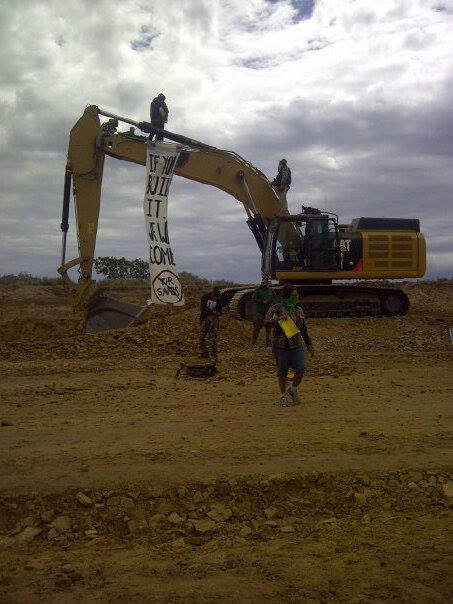 29 July 2013 In a direct action following the Canyon Country Action Camp, hundreds of activists have swarmed two mining sites in Utah tar sands. Activists are currently locked down to machines, stopping work.
29 July 2013 In a direct action following the Canyon Country Action Camp, hundreds of activists have swarmed two mining sites in Utah tar sands. Activists are currently locked down to machines, stopping work.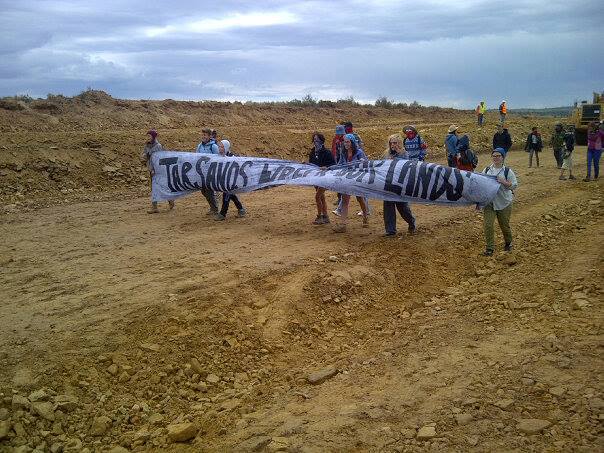
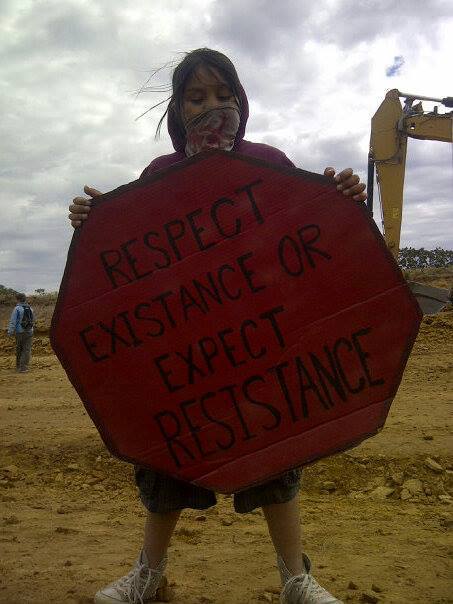
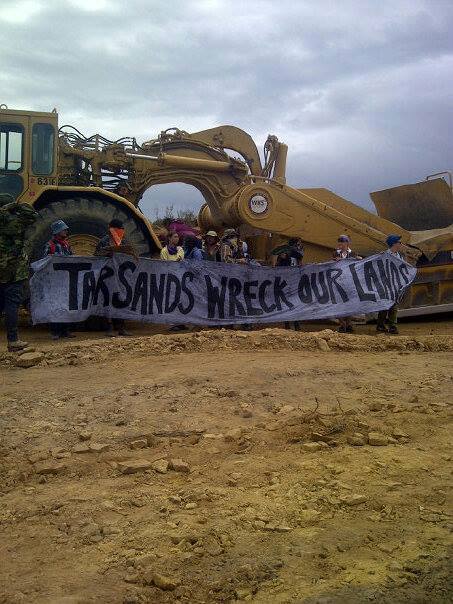
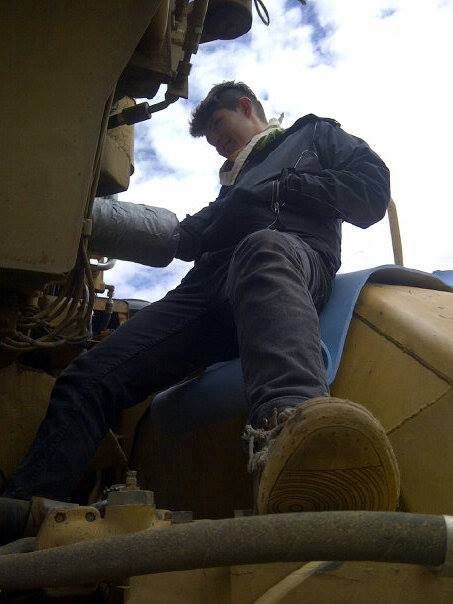


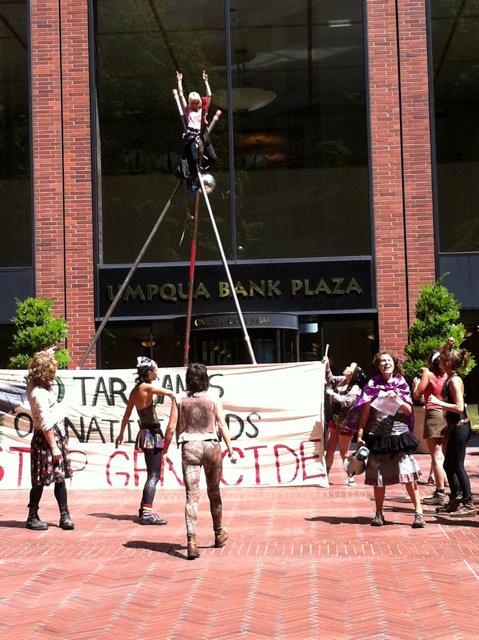





 28 July 2013
28 July 2013  28 July 2013
28 July 2013  28 July 2013
28 July 2013 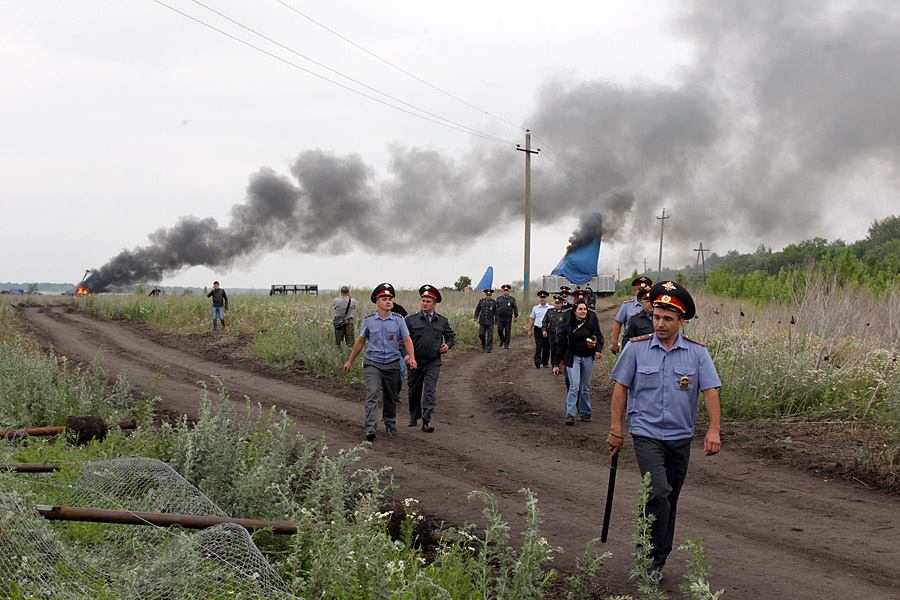 28 July 2013
28 July 2013  The American Mink is native to North America, and can survive in the wild after release from captivity
The American Mink is native to North America, and can survive in the wild after release from captivity The American Mink is native to North America, and can survive in the wild after release from captivity
The American Mink is native to North America, and can survive in the wild after release from captivity